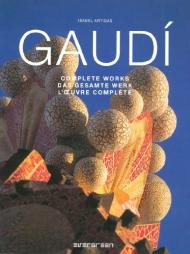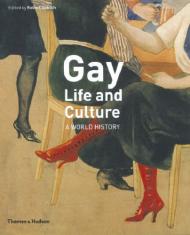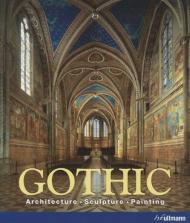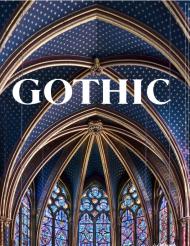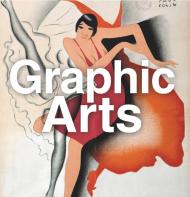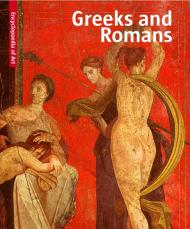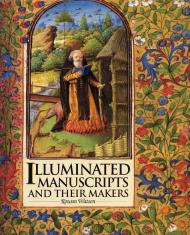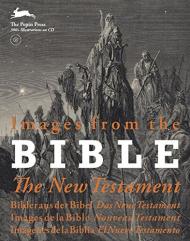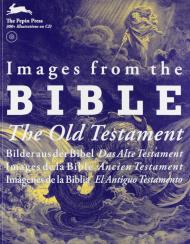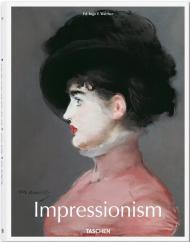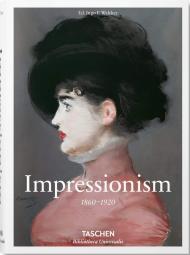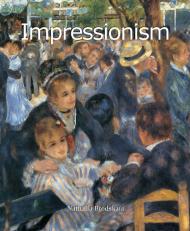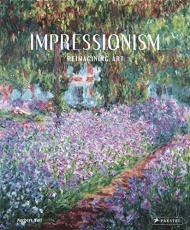В лице Гауди родился выдающийся художественный гений, который с самых первых шагов своей профессиональной деятельности обладал неповторимым стилем. Многие считали его сначала интересным, а позднее - просто невероятным. Недостаточно сказать, что Гауди внес свой вклад в развитие архитектуры. Он пошел намного дальше и коренным образом изменил ее стиль и структуру. Он работал, не думая об оригинальности или о ниспровержении существующих эстетических норм, а лишь подчиняясь безудержному порыву своей творческой одаренности. Воинствующие мастера-авангардисты XX века, например Аполлинер, Бретон, Дали, Мэн Рей, Элюар, преклонялись перед творчеством Гауди и после его смерти провозгласили архитектора сюрреалистом.
Антонио Гауди, всю жизнь проповедовавший свободу в своей профессии и никогда не принадлежавший ни к одному из художественных сообществ, так и не удостоился почестей и наград от какой-либо академии и в отличие от многих своих коллег никогда не примыкал к какой-либо политической организации. Он был выдающимся самобытным художником, который работал с невероятной четкостью, даже если она, казалось бы, порождалась безудержным воображением. Плоды этого воображения и через 80 лет после смерти архитектора продолжают оставаться главными достопримечательностями Барселоны, где сосредоточены наиболее значительные и самые прекрасные творения удивительного и всеобъемлющего таланта Гауди.
Появление такого феномена, как Антонио Гауди, положило начало беспрецедентному этапу в развитии не только искусства Каталонии, но и всего мира. Подлинное значение творчества архитектора было осознано лишь несколько десятилетий спустя.
Посмотреть русскоязычное издание книги Gaudi: Complete Works 1852-1900 (2 vol) - Гауди: Полное собрание работ в 2-х томах
